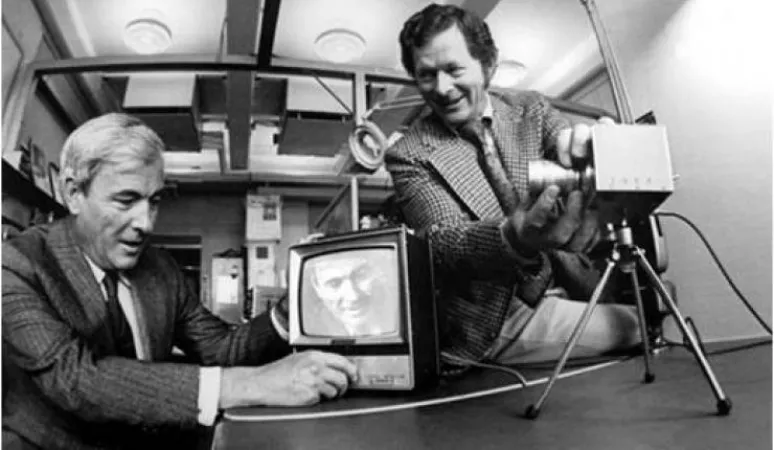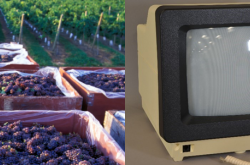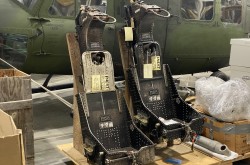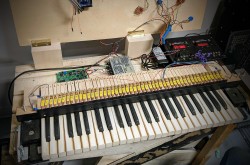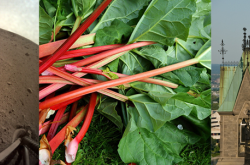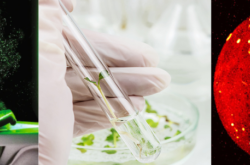Going Digital – The Charge-Coupled Device
This article was originally written and submitted as part of a Canada 150 Project, the Innovation Storybook, to crowdsource stories of Canadian innovation with partners across Canada. The content has since been migrated to Ingenium’s Channel, a digital hub featuring curated content related to science, technology and innovation.
A mere hour or so of brainstorming at a blackboard one October afternoon in 1969 led to a revolutionary gizmo that spawned an entirely new industry. Nova Scotia-born Willard Boyle and his American colleague, George E. Smith, had put their heads together in Boyle’s office at Bell Labs in New Jersey to come up with a new kind of memory circuit for computers. The result was the Charge-Coupled Device (CCD) which, as it turned out, proved much more useful for capturing images than for memory storage. Ideal for telescopes, CCDs transformed the world of astronomy and became the basis of the whole new realm of digital cameras, camcorders and scanners.
- CCDs are ultra-sensitive image sensors that collect light, convert it to a charge, and then send out the signal as a digital image.
- Boyle and Smith won many awards for their invention and shared the 2009 Nobel Prize in Physics.
In the words of the Nobel committee: “The CCD has provided new possibilities to visualize the previously unseen. It has given us crystal clear images of distant places in our universe as well as the depths of the oceans… These inventions may have had a greater impact on humanity than any others in the last half-century.”



